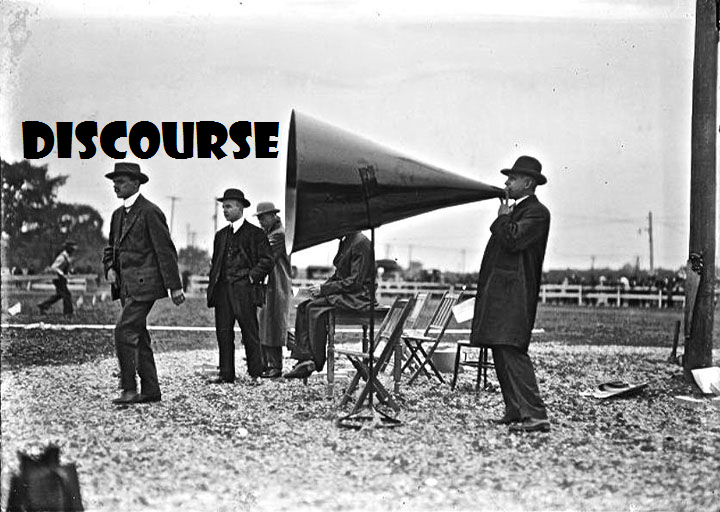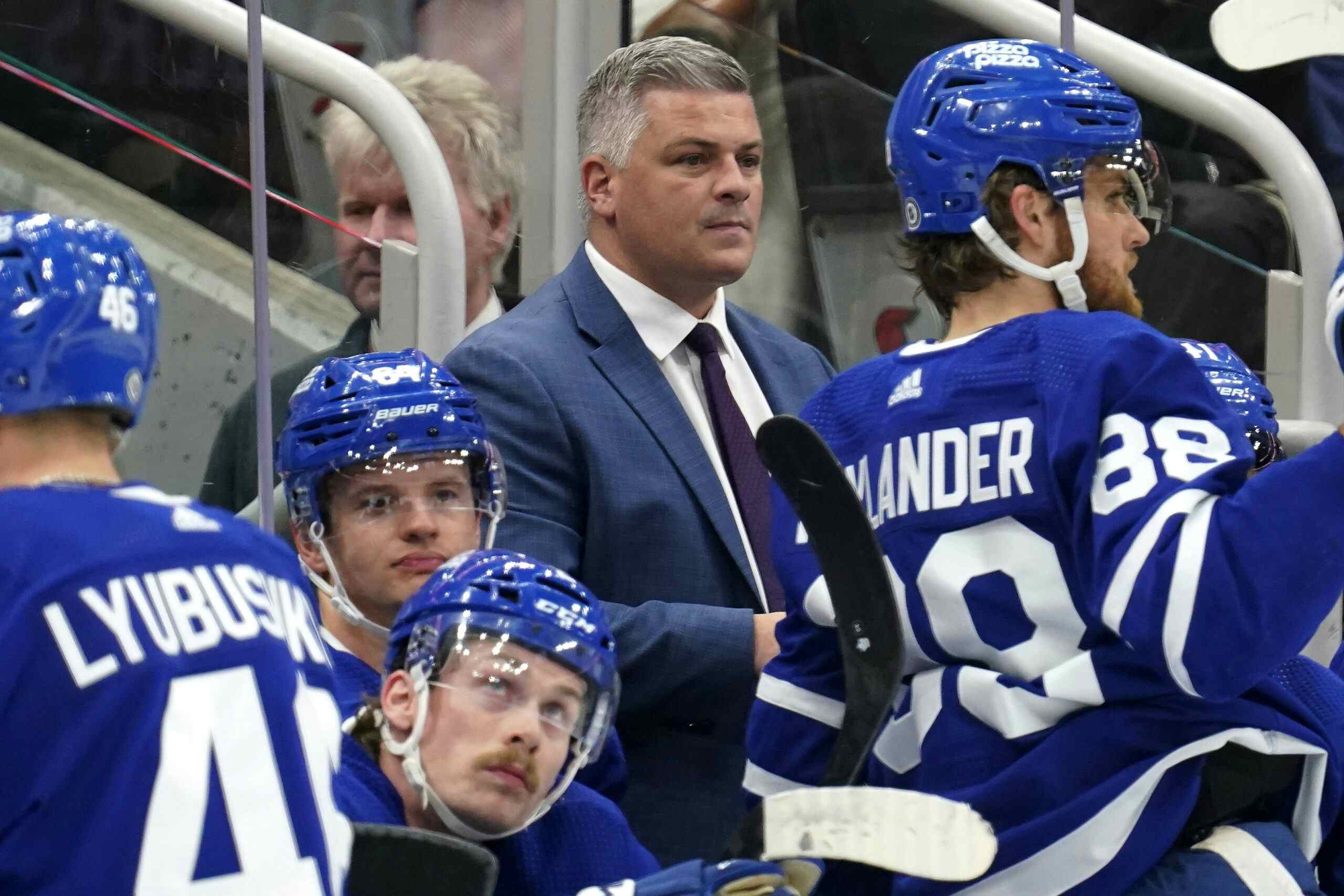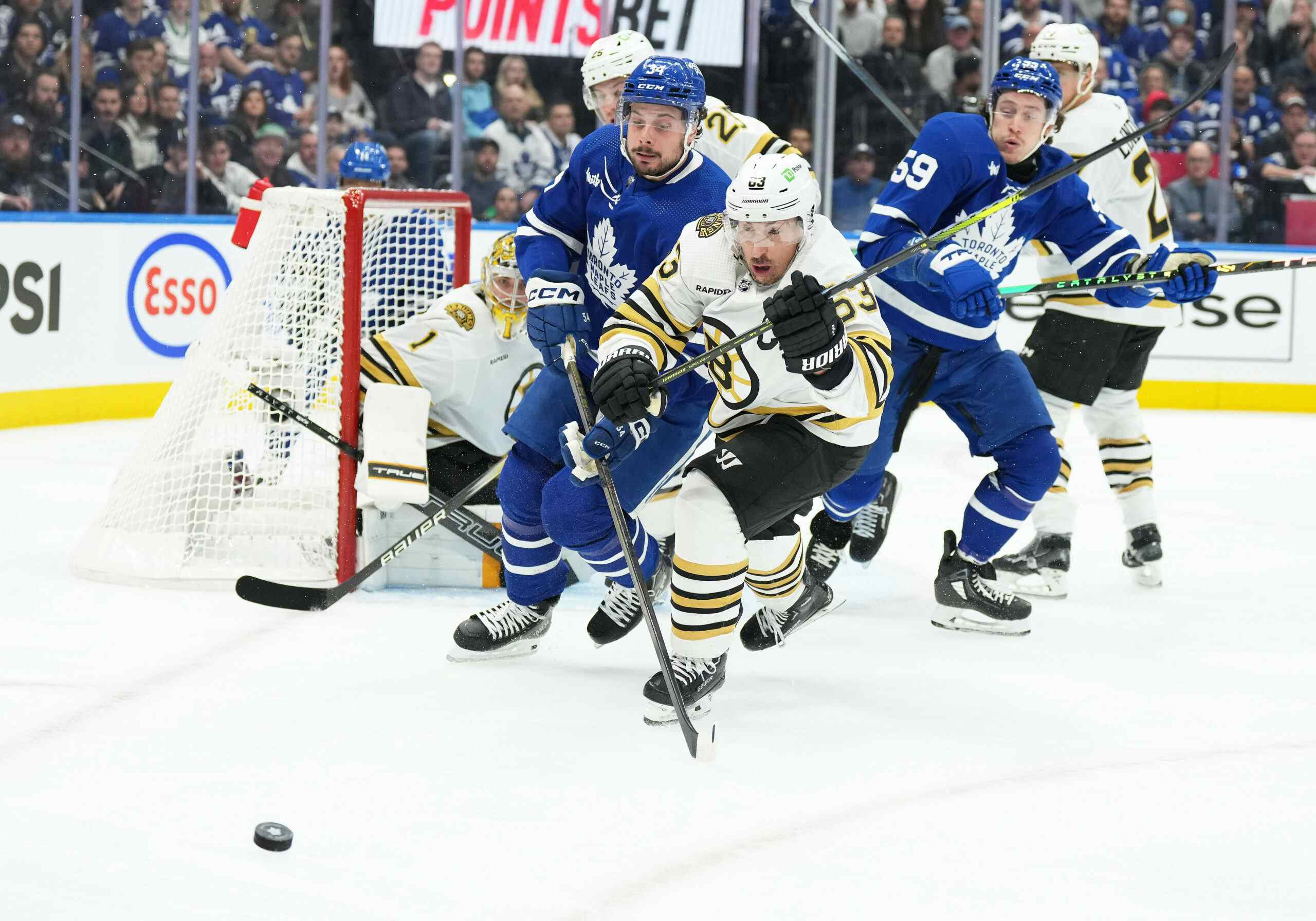Discourse: Independent Media in the NHL Bubble

By Jon Steitzer
3 years agoIt’s not often we have a true difference of opinion within the writers group of our humble little blog, but the level of access of independent media within the NHL Hub Cities seem to be one of those issues that we have drastically different opinions on. With that in mind, we thought we should make sure we respectfully allow all points of view to be heard, since you know, we’re supposedly adults.
The background for those of you who haven’t been watching the online debate closely is that the NHL is allowing Team hired content providers and NHL.com writers to reside within the bubble with the players, giving them a decided advantage when it comes to producing stories, and arguably sanitizing the experience as it suits the interests of the league.
Independent media, in contrast, are required to set up shop at hotels without the players in them, and they will not have the same advantage as their league employed peers. Additionally those coming from the United States will have to quarantine for 14 days before being able to participate in the areas they will have access to.
Understandably given that background there is plenty of room for interpretation, and while I respect there is also the opinion, “I don’t care about the media, just give me the games,” we’ve ignored covering that angle as your needs will be met no matter what, and you don’t have a dog in the fight. It’s also worth noting as a humble blog, we’re used to functioning without any sort of access, though admittedly we do piggyback off of those who do, and perhaps that needs to be considered when reading the responses from our contributors below.
From Totally Offside:
I have absolutely dunked on many media members in the past for complaining about access. It always comes across as unnecessary whining when MSMers pretend there is no way to write a story without sitting down with a player. However, in the case of the hockey bubbles, I think the media members calling out the NHL have a point.
When it comes to having none essential staff in the bubble, the NHL is talking out of both sides of its mouth. On the one hand, they are pushing to strictly limit the amount of outside media members in the bubble (less than the NBA guidelines) in the name of reducing non essential staff. However, they then turn around and mandate all teams to bring a dedicated social media expert into the bubble on top of NHL.com writing staff. That means 30-40 NHL employed media personel will be on site. These people are no more essential than someone from ESPN or the Star so why is there presence not considered an equal risk to player safety?
To me, it really seems like the NHL’s main focus is controlling what information gets out of the bubble and how stories are presented. In my opinion, they are afraid that if too many outside media members are hanging out in the bubble that they will end up reporting on incidents that the league may consider minor and have those incidents ‘blown out of proportion” (ie. bubble conditions, someone leaving the bubble without permission, etc.). I don’t believe the NHL should get to decide what is it isn’t important. It is against the public interest, in my opinion.
Sure, many MSMers drive me nuts and I don’t think they do enough with the access they get. There are many water carriers in public media. But there are also lots of good writers and I think having them in the bubble adds a level of accountability for Bettman and team that the NHL.com staff won’t provide.
Ultimately, the league has not earned my benefit of the doubt so I won’t assume their motivations here are altruistic.
From Mark Norman:
I see and understand concerns about not holding the league accountable and league controlling the perception of the festivities. They are well-founded, and the content is definitely going to be watered down. I think one of the main things here is that media members would be co-habitating with the players and staff. This bubble situation is isolating enough for the players, who are going to be without their families, friends and pets for up to 2 months. To add in a 24/7 nosy neighbour component to the bubble, where players on their downtime feel like their every move is being potentially watched and on the precipice of getting tweeted out to thousands, is probably excessive in the minds of the NHLPA.
PHWA members have reason to be upset with the NHL, but they should look inward at one of their own: Steve Simmons. Simmons violated the personal medical privacy rights of Auston Matthews when he reported the player had contracted COVID-19. It was a startling overstep of journalistic ethics and likely had an impact on the NHL and NHLPA’s decision concerning media inclusion within the bubble. The hill I will die on is one where a person must consent to having their medical information shared publicly, especially for non-hockey health issues. My thinking is the league didn’t want to invite situations where writers are tweeting speculative things like “Kasperi Kapanen hasn’t been seen outside his room in 72 hours” when in reality he’s just coming down off a Mountain Dew Code Red-fueled Fortnite bender. From what I understand, player will still be available to the media through video conferencing tools, and I’ve yet to see a compelling argument for why these must be in-person.
On the flip side, maybe this will lead to better analysis? For years, internet bloggers have provided far better insight into the game than a majority of professional sportswriters (with a few key exceptions). Maybe this is an opportunity for these reporters to pivot and dive deeper into analyzing and breaking down the game rather than quote-hunting from the hands-down most boring collection of athletes on the planet?
From Jon Steitzer:
I think the situation is fairly complex and there are a lot of pieces to extract from it.
First off, if I’m a player and potentially making the bubble my home for up to the next two months, I’m not sure I want to share that space with someone who is going to write about my every movement, possibly critically. From a players privacy perspective there is already enough of a valid reason to keep reporters out of the bubble.
As for the concerns that the NHL might try to mask the true impact of COVID, well, my understanding is that the presence of Health Ambassadors negates that possibility there. With people specifically looking out for public health interests there doesn’t seem to be a chance for the NHL to control that story.
As for the the argument that the NHL.com writers will be present, as will team content creators, the argument starts entering more of a gray area, and it doesn’t become about health or respecting the players, it switches over to money, which is also something important for the league. Teams and the league having the advantage which will draw traffic to their websites, and their advertisers will generate them some additional revenue, that a story from the Toronto Star won’t. It’s a business decision, but it’s also an opportunity for them to control the story and I think that will be something important to them, but they are naive to think that cellphone footage won’t find it’s way out of the bubble when things aren’t particularly going well.
At the end of the day, a lot of writers are making the argument that the fans will be impacted by the lack of coverage. This is a pretty silly notion when fans will have five or six games a day to watch, and will barely find a moment to glance at practice lines or care about which players is dominating their floor’s Call of Duty tournament.
While restricting access is generally a problem, it’s understandable in these different times, and as long as it’s not the first step down a slippery slope, it could very well be the right call. There’s also something to be said for the lack of credibility the hockey media as earned with their fans. For the most part there is a belief that all will be lost is the potential to ask cliched questions that will receive canned answers, and perhaps there will be fewer people tweeting out line rushes from practice. Neither of those things are something we can do without. If sports journalists instead made more of their access at the best of times, people would be more outraged over their lack of access at the worst of times.
Of course, as bloggers who generally have very little access, we say “welcome to our world.” Enjoy watching the game, and enjoy the break from making a story about which player snubbed the media in a post game scrum, or which player didn’t take the optional skate. You’ll find that analyzing the games are more rewarding than finding out that teams “need to get pucks in deep” and “play a full sixty minutes.”
From MerOutLoud:
I’m not sure I can add much in the way of a new perspective, because so many of my thoughts have already been articulated. I find myself very much seeing both sides to this debate, and all the grey area in between.
When the first complaints were tweeted today by members of the hockey media, it was mostly the well-known men tweeting, and my first response was (as I noted on Twitter) to question their motivation. There was some talk of them feeling like the NHL was trying to cover up things that might happen inside the bubbles, which felt too conspiracy theory for me. It isn’t as though the media will have NO access to players and coaches – their access is just going to be limited to virtual interviews. What could they possibly think is happening inside the bubbles that they will be missing out on?
I also very much agree with the point that these generally aren’t people who are breaking hard-hitting stories that shine a negative light on the league, as they’re far too concerned with maintaining access and goodwill. Obviously there are exceptions, but there’s definitely no guarantee that the people responsible for the exceptions would be the ones allowed inside the bubble.
However, an interesting perspective was provided today in a twitter conversation I had with Julie Robenhymer. It starts with this series of tweets:
However, an interesting perspective was provided today in a twitter conversation I had with Julie Robenhymer. It starts with this series of tweets:
And finishes here:
My concern that I raised was that of who gets the access – is it the same well-known men who are typically favoured by the league? Julie raised what I think would be a solid idea of having the PWHA vote. Is it perfect? No. But maybe it could help ensure more fairness and equity to who gets in, allowing for a compromise that doesn’t make the media feel like they’re being intentionally frozen out.
But at the end of the day, the decision was made and the players agreed to it. Whether the concern was health and safety, privacy, monetary reasons or (the likeliest) a combination of the three, this is where we are. I will say that though I appreciate the argument members of the media are making, I do find it disingenuous of them to suggest that their main motivation is transparency in the face of nefarious activity. If that were the case, where were they all when racism, homophobia, and misogyny were running rampant?
Let us know what you think in the comments. Given that the media is the story, it’s hard to imagine they’ll be silent on this issue as the personnel begin entering the bubble this Sunday. As for us bloggers, well, nothing really changes for us. If you are looking to read about the Leafs from a group of people who are used to not being allowed access, we’ve got you covered.
Recent articles from Jon Steitzer





